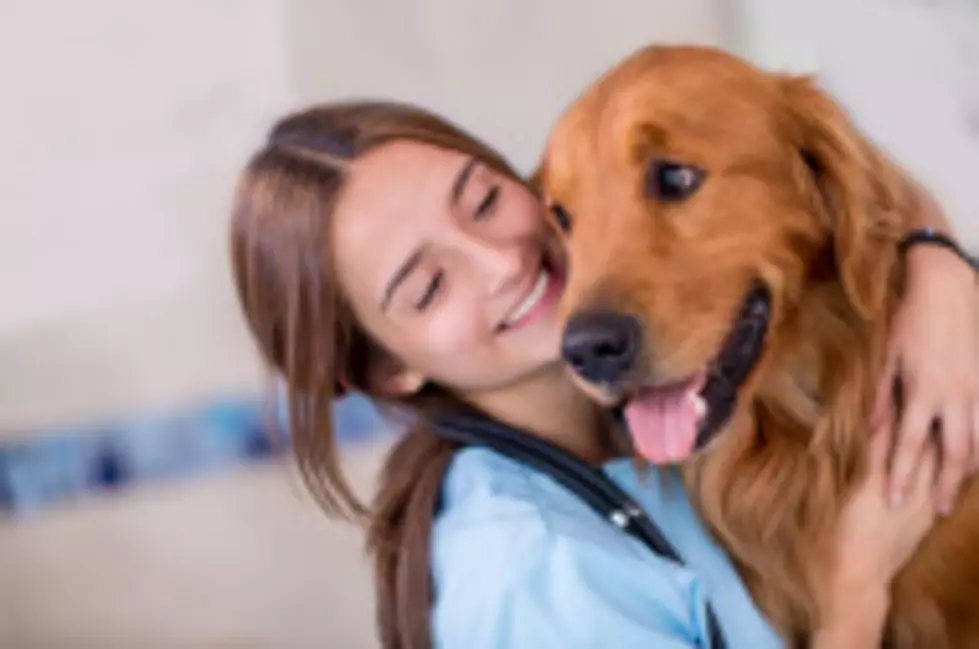
Wag – Tastic Pet Tip
Petfinders has come up with their list of what they consider to be their 'Top 10 Dog Training Tips. Here we go:
LISTEN TO YOUR DOG
Learn to listen to your dog. If your dog appears to be uncomfortable meeting another dog, animal or person, don’t insist that he say hello. Forcing the issue can often result in bigger problems down the line.
BE GENEROUS WITH YOUR AFFECTION
Most people don’t have a problem being very clear about when they are unhappy with their dogs, but, they often ignore the good stuff. Big mistake! Make sure you give your dog lots of attention when he’s doing the right thing.
DOES HE REALLY LIKE IT?
Just because the bag says “a treat all dogs love” doesn’t mean your dog will automatically love it. Some dogs are very selective about what they like to eat. Keep your eyes open for what he enjoys.
TELL HIM WHAT YOU WANT HIM TO DO
There is nothing inherently wrong with telling your dog “no,” except that it doesn’t give him enough information. Instead of telling your dog “no,” tell him what you want him to do. Dogs don’t generalize well, so if your dog jumps up on someone to say hello and you say no, he may not understand. A better alternative would be to ask him to “sit.” Tell him what you want him to do in order to avoid confusion.
BE CONSISTENT
Whenever you’re training your dog, it’s important to get as many family members involved as possible so everyone’s on the same page. If you are telling your dog “off” when he jumps on the couch while someone else is letting him hang out up there, he doesn't know which to do. Consistency will be the key to your success.
HAVE REALISTIC EXPECTATIONS
Changing behavior takes time. You need to have realistic expectations about changing your dog’s behavior as well as how long it will take to change behaviors that you don’t like. Often behaviors which are “normal” doggie behaviors will take the most time such as barking, digging and jumping. Remember it’s never too late to change the behavior some will just take longer than others.
DON’T UNDERESTIMATE THE BENEFITS OF FEEDING A HIGH QUALITY FOOD
Feed your dog a high-quality diet with appropriate amounts of protein. Match the food you give your dog to the lifestyle he lives. Ask your vet. Something to keep in mind is that the money that you will spend on feeding an appropriate quality food will often be money that you save in vet bills later on.
YOU GET WHAT YOU REINFORCE – NOT NECESSARILY WHAT YOU WANT
If your dog exhibits a behavior you don’t like, there is a strong likelihood that it’s something that has been reinforced before. A great example is when your dog brings you a toy and barks to entice you to throw it. You throw the toy. Your dog has just learned that barking gets you to do what he wants. The solution? Ignore his barking or ask him to do something for you (like “sit”) before you throw his toy.
BRIBERY VS. REWARD
The idea of using treats to train is often equated with bribery. Truthfully, dogs do what works. If using treats gets them to do what you want, then why not? Every interaction you have with your dog is a learning opportunity to shape his behavior with praise, touch, games, walks and perhaps treats. Just remember, the behavior should produce the treat; the treat should not produce the behavior.
FREEDOM
Let your new dog gradually earn freedom throughout your home. A common error that many pet parents make is giving their new dog too much freedom too soon. Close off doors to unoccupied rooms and use baby gates to section off parts of the house, if necessary. Also in the beginning, keep your dog tethered to you in the house or use a crate or doggie safe area when you can’t actively supervise him.
There you go. A few more tips for a happy household between family and pets.



